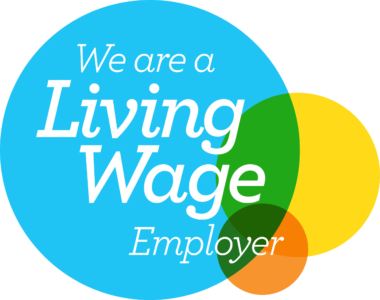Not a single reader will require reminding of the current climate and indeed omitting the ‘C-word’ from this tip sheet will, I am sure, be a welcome reprieve.
Nonetheless, it is clear that given the current situation, many businesses have greater need for cash – the most likely source of which will be bank borrowing. Lending which is secured against agricultural land by way of a legal charge is still very much available and we have seen a steep increase in instructions in this area.
It is therefore a good time to share some top tips and overview information on how to:
- Ensure that money is released to you as quickly as possible;
- Understand the problems may arise in putting in place security (and how to avoid them);
- Appreciate the steps required to be taken; and
- How to minimise the legal fees incurred in the process.
Overview
As solicitors, our involvement in obtaining funding from a bank generally comes fairly late in the day, once the conversations with your bank manager have been concluded and land is selected to act as security for the bank. We do however recommend that we are brought into the picture as early as possible.
You should think of granting a mortgage just like a sale. The bank is looking at your land with the same level of detail that a buyer would. All high street banks in 2020 wish to take as little risk as possible and this means that a high level of due diligence is required on their part.
Valuation issues
The first step after funding is agreed is that a formal Valuation will be prepared. These are prepared on behalf of the bank, so that they can ensure that the value of their lending is covered by land with sufficient value. In these peculiar times, many clients have struggled in getting a Valuer out to their property but following the Government’s most recent guidelines, Valuers are now slowly able to return to their site visits in order to value land. Problems are still occurring however as these visits are often now unaccompanied which prevents Valuers from being able to find out essential information as they inspect e.g. access routes, water supplies, current uses and occupation. In order to help this, plans and other paperwork should be provided to Valuer in advance showing the maximum amount of information possible.
It is often the following issues which cause problems by either affecting land value or the suitability of the land as security:
- Access rights are insufficient or undocumented;
- Access or water supply being over land which is owned (but not being charged);
- Licences or Leases existing in favour of third parties which are not documented or are not legally sound; or
- Environmental issues such as flooding or contamination.
Choosing the right land
The first step to an easy transaction is to select suitable land to act as security for the loan. The first point is to make sure that the land can be accessed from the highway. If there is no right in place, or if your neighbouring land is used to gain access, this is a red flag. It is important to place yourself in the shoes of the bank here – in the extremely unlikely event that they need to repossess, they cannot rely on access which you use over neighbouring land if they do not also have a charge over that access land. Picking a ‘self-contained’ area of land at the outset is therefore ideal.
People using your land
Banks are also extremely interested in any occupational agreements i.e. grazing licences, Farm Business Tenancies or any other agreement for a third party to use your land (whether written or otherwise). The law in this area is notorious for transforming what you may have thought is an informal, flexible agreement into an occupation which cannot be terminated easily. Banks will be very interested in these agreements as it will affect whether they could gain vacant possession in the event of repossession.
You should always have occupational agreements professional drafted (or at least reviewed) to avoid the delays which an uncertain agreement can cause.
There will be hoops to jump through
Banks often have requirements that simply cannot be waived. What this means is that no matter how prepared you are at the outset, there will inevitably be processes to follow, documents to produce and forms to fill in. We can help guide you through this process as easily as possible but accepting that there is a process to follow is essential. Having all relevant paperwork ready and to hand always helps.
Who owns it?
This point may seem trivial, but it is surprising how often the lending is agreed, the valuation prepared and land selected only for it to transpire that the borrower is not the legal owner of the relevant land. Ownership structures can vary widely due to trusts, family members, Companies or Partnerships owning differing areas of land for valid reasons but failing to identify the correct ownership at the outset can cause substantial delay whilst instructions are reissued and so involving us early on is, again, recommended. This is often particularly an issue if your land is still unregistered. We would strongly recommend planning in advance and registering land before you look to charge it.
Summary
With appropriate preparation, selection and due diligence, charging land can be a relatively quick and easy. Every bank is of course different and will have differing requirements and attitudes to particular issues. You should however ensure that the above broad issues are all considered regardless of the lender.
For further information on secured lending against agricultural land, please contact Ross Norfolk or a member of our Agriculture and Estates Team.
The content of this article is for general information only. It is not, and should not be taken as, legal advice. If you require any further information in relation to this article please contact the author in the first instance. Law covered as at June 2020.







